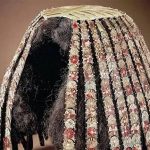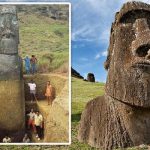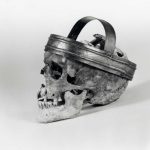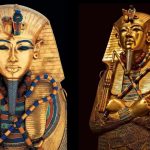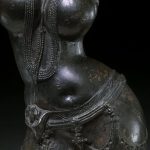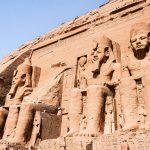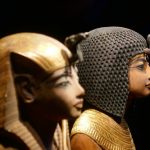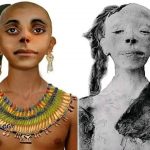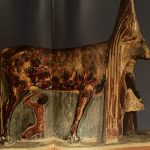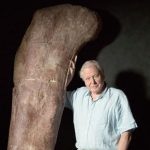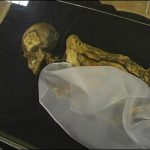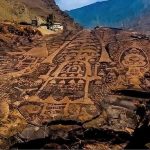Mummy Mask of Khonsu
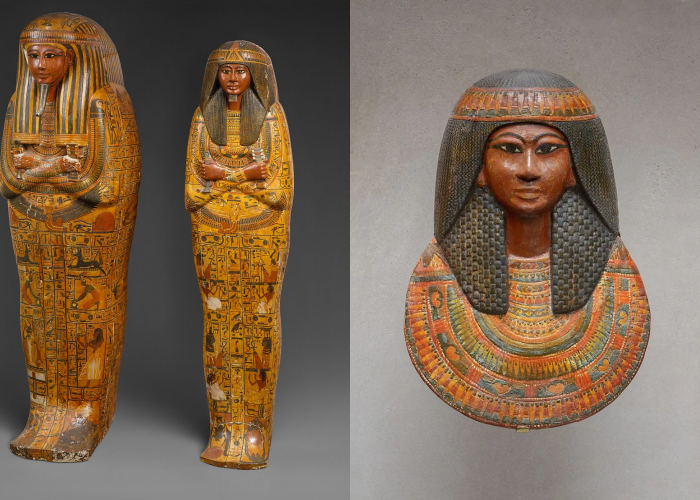
𝘔𝘶𝘮𝘮𝘺 Mask of Khonsu
ca. 1279–1213 B.C., New Kingdom, Ramesside
On view at The Met Fifth Avenue, Gallery 126
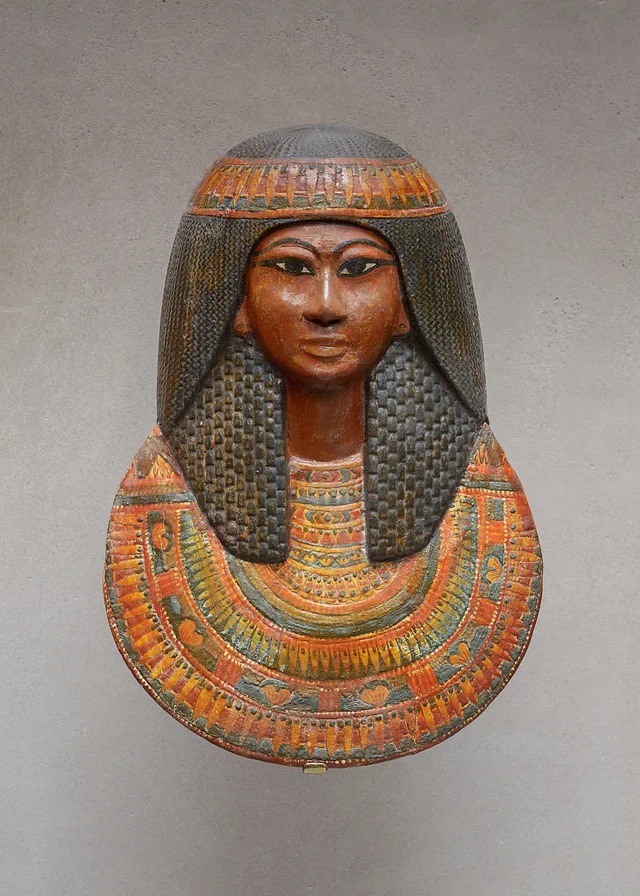
This mask, made of a wooden frame and cartonnage (plaster and linen), was placed over the head and shoulders of Khonsu’s 𝘔𝘶𝘮𝘮𝘺. Its form closely mirrors the upper portion of his inner coffin.
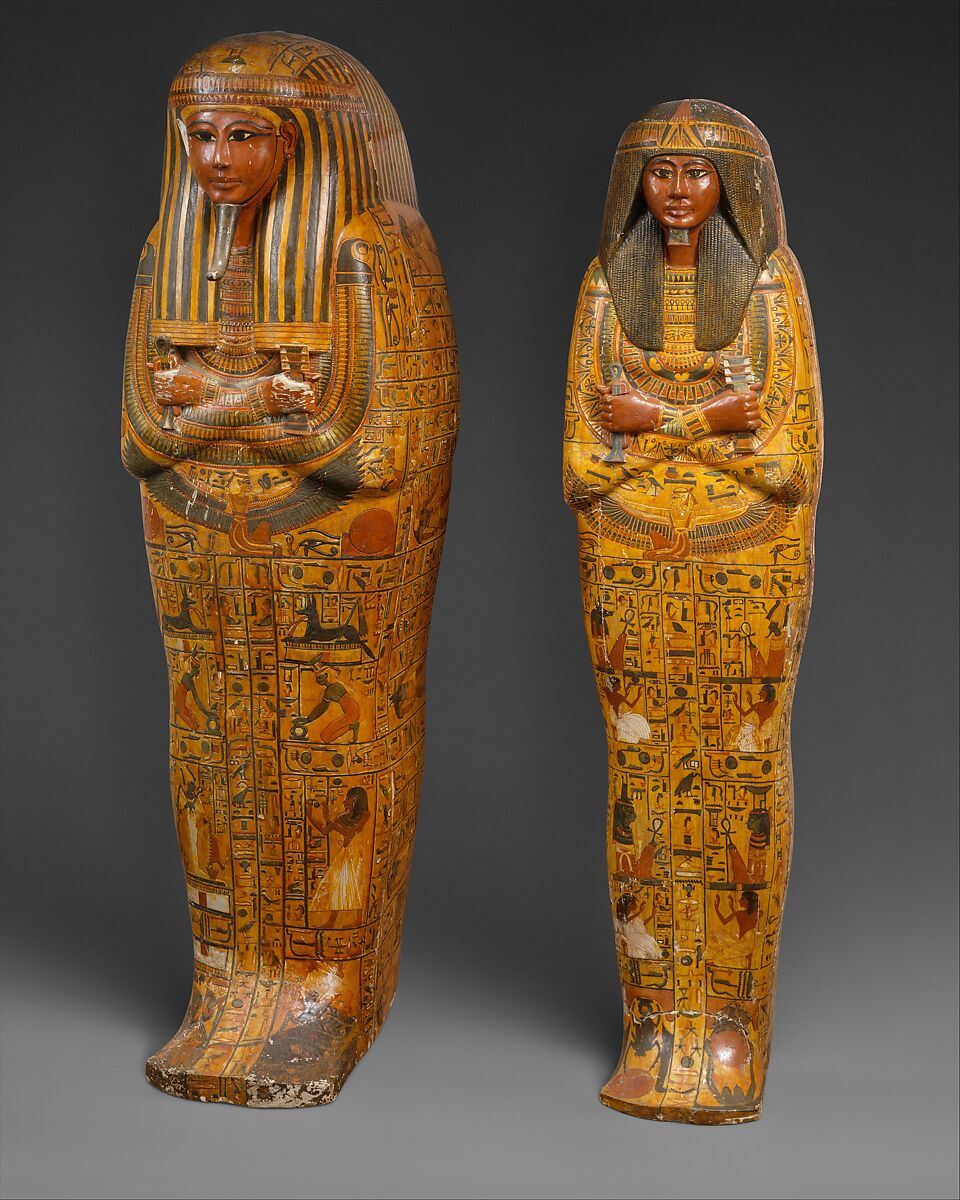
Khonsu, the sixth son of Sennedjem and Iyneferti, was born during Egypt’s 19th Dynasty in the New Kingdom, under the reign of Ramesses II. Following in his father’s footsteps, he began working at an early age as a mason and artisan in the royal necropolis of Thebes, holding the title of “Servant in the Place of Truth.”
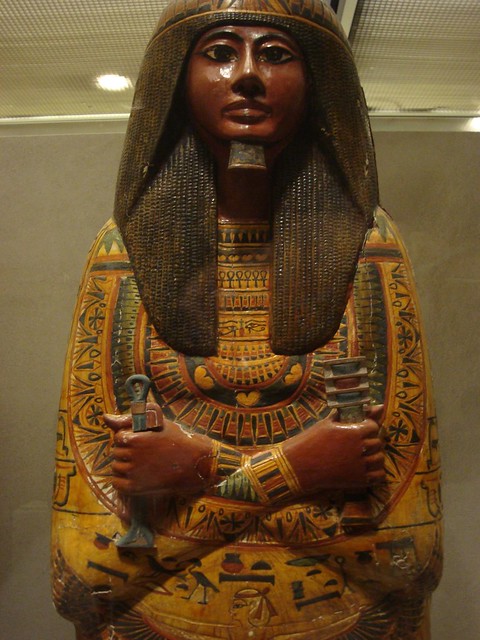
He married Tameket, and together they had two sons, Nakhtenmut and Nakhtmin, who later conducted his funerary rites and laid him to rest in the family tomb complex. This complex—a walled courtyard containing three pyramid-shaped offering chapels with burial chambers beneath—was situated near their home in the former royal workers’ village of Set Maat. In time, Khonsu’s wife, brothers, and sisters-in-law were also interred there, alongside his parents.
Although he shared his father’s profession, Khonsu rose to a higher rank and status, ultimately serving as a foreman of the workers’ community.
